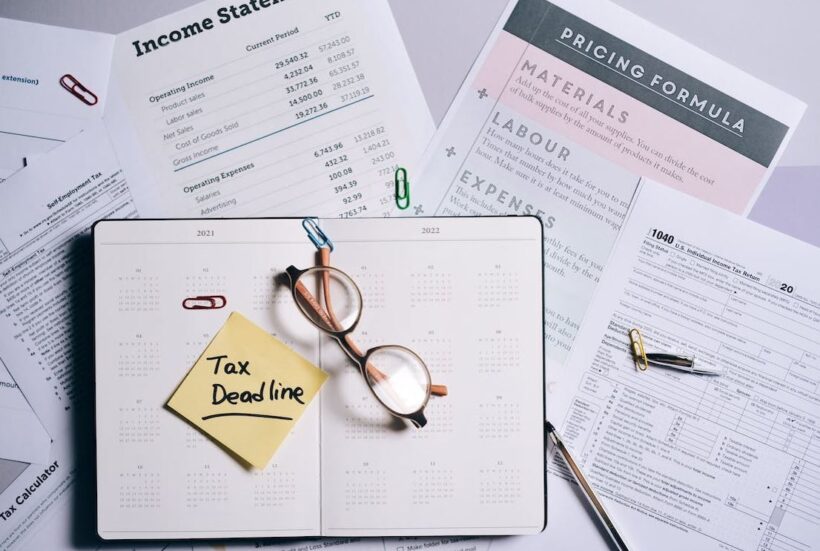Navigating the complexities of tax law can be daunting, especially when seeking relief under the Innocent Spouse Program. This program, designed by the IRS, offers a lifeline to individuals who find themselves unfairly saddled with tax liabilities due to their spouses’ or former spouses’ actions or inactions. However, the success of an Innocent Spouse Relief application largely hinges on the thoroughness and accuracy of the documentation provided. This blog post will delve into the essential tips for preparing documentation, ensuring you have a strong case for relief.
Review Innocent Spouse Program
Before diving into the documentation, review the Innocent Spouse Program to understand its scope and eligibility is vital. The program is designed for those who filed joint tax returns and were unaware of inaccuracies caused by their spouses. Understanding the program’s criteria will help you tailor your documentation to meet specific IRS requirements.
Understanding the Documentation Required
The IRS requires comprehensive evidence to support your Innocent Spouse Relief claim. This evidence should unequivocally demonstrate that you were unaware of the tax understatement and that it would be unfair to hold you responsible for it.
It’s crucial to understand that the IRS scrutinizes these applications closely, seeking clear and convincing evidence of your lack of knowledge and the inequity of holding you liable. Therefore, assembling a comprehensive and persuasive set of documents is essential.
- Joint tax returns for the years in question.
- Proof of income for both you and your spouse, such as W-2s or 1099 forms.
- Bank statements showing household financial activity.
- Correspondence from the IRS, if any, regarding tax notices or audits.
- Legal documents, such as divorce decrees or separation agreements.
Organizing Your Documentation Effectively
The organization of your documentation can significantly impact the IRS’s assessment of your application. An organized presentation makes it easier for the IRS to review your case and reflects your seriousness and credibility. When your documents are neatly arranged and easy to navigate, it demonstrates a level of responsibility and attention to detail that can work in your favor. Follow these steps to ensure your paperwork is in order:
- Chronological Order: Arrange your documents in a timeline, showcasing how events unfolded.
- Highlight Key Information: Make it easy for the reviewer to find critical data, like discrepancies in tax returns or evidence of your non-involvement.
- Include Explanatory Notes: Where necessary, attach brief notes explaining the relevance of each document.
Personal Narrative: The Heart of Your Application
Arguably, the most crucial part of your application is the personal narrative. This is where you tell your story, explaining your situation and why you believe you qualify for Innocent Spouse Relief.
Remember to:
- Be Honest and Detailed: Clearly state your case, including how and why you were unaware of the tax issues.
- Show Emotional and Financial Impact: If applicable, describe the emotional distress or financial hardship you’ve faced due to this situation.
- Include Third-Party Statements: Statements from credible individuals who can attest to your circumstances can be invaluable.
Professional Assistance
While preparing documentation for Innocent Spouse Relief is doable on your own, there are instances where professional assistance can be beneficial. Tax law experts or advocates can offer the following:
- Expert Review: They can assess your documentation for completeness and accuracy.
- Strategic Advice: Professionals can advise on how to strengthen your case best.
- Representation: Having a professional representative can be crucial if the case escalates.
Conclusion
Applying for Innocent Spouse Relief is a meticulous and often emotional process. The burden of proof lies heavily on the applicant to demonstrate their eligibility. Organizing your documentation effectively, crafting a compelling personal narrative, and seeking professional guidance when necessary can increase your chances of a favorable outcome. Remember, the goal is not just to present a stack of papers but to tell your story in a way that resonates with the realities of your situation. With the right approach, you stand a better chance of navigating this complex process successfully.




